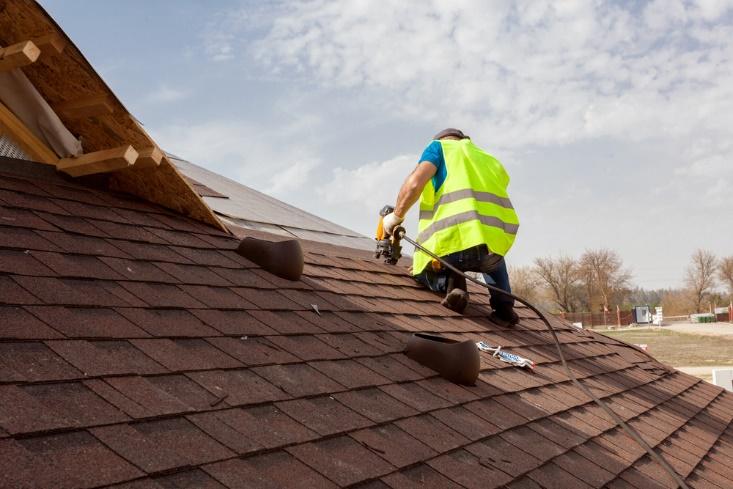Quite literally, every house has some kind of covering over it in the shape and form of a roof. But does that suggest that having the right roof over a property is as straightforward as A-B-C? Or as knotty as, say, deciding on what pair of shoes to match with your overcoat? Well, it couldn’t be more complicated.
You see, as home construction has evolved to be more advanced, complex and personalized, so has the technologies, techniques, methods and styles in roofing.
From the choice of materials, shape of the roof, bonding and assembly techniques and even the functional elements (such as heating/insulation and solar/energy installations), there a lot of things to take into consideration before undertaking a roofing project. Here are some tips to guide you on that next roof remodel.
What kind of material is best for you to use?
With roofing, the choice of materials is as diverse as it is with clothing. More conventional roofing materials include thatch, aluminum sheets, pre-cast concrete and perhaps the most common roofing material in urban home building: shingles.
Modern shingles are cut from wood and have special style features such as wept valleys, combed ridges, decorative butt ends, and decorative patterns that help add a certain character to the building.
Aluminum sheets are mostly used in African and Asian countries. In certain parts of West Africa, stone-coated roofing materials are used to give off a more appealing design and functionality, as well as to refract the sun’s heat, instead of absorbing it as is the case with regular aluminum sheets.
Thatch roofing styles are more commonly used nowadays in outdoor huts and palapas. With the choice of materials so vast, it really comes down to evaluating the aesthetics/appearance, the heat dissipation properties and above all, cost.
The roof’s structure
Bouncing off the premise that roofing has become more nuanced, roofing form and structure has also evolved. Some of the forms which modern roofs come in nowadays include pitched roofs (gabled, skillon and hipped roofs form part of this), butterfly roofs, arched roofs and domes.
Pitched roofs are most likely the most common form all over the world and incorporate slopes (aka pitches) and gables into their design. Some forms, such as domes, allow for flexibility in roof shape while others are more rigid.
It is important to note that perhaps more than the other forms, the pitched roof relies heavily on some form of support structure. Mostly, this is constructed from a rigid material, usually treated timber and this forms the skeleton (so to speak) of the roof.
Insulation
Providing insulation is perhaps the most important use for a roof and some materials intrinsically perform this function better than others. Natural fibrous material such as bamboo shingles and thatch have excellent insulation properties. But since they’re not used very often in favor of regular wood shingles or asphalt, some form of insulation material has to be installed immediately under the roofing itself.
The insulation material could be concrete tiles, felt or plastic sheeting or foam batting. It is a given that some materials provide for more insulation than others and this disparity has to be considered when doing a roofing project or remodel.
Maintenance versus initial cost
This conundrum is an ever present one in everyday life and is very palpable within the context of deciding roofing material and style as well. A very good example of this would be the slate roofing versus shingle roofing.
Slate roofing is considered the best kind of roofing in the world, but it is very expensive. In the US, installing a slate roof, according to an encyclopedia article, “may have the same cost as the rest of the house.”
But these kinds of roofs can last up to 150 years. This is as opposed to the regular shingle roofing where the shingles have to be changed at most every 20 years and on average every 10.
Roofing and energy
With the emergence of the 21st century and the discovery of solar power, roofs have begun to serve even another purpose: generating household electricity.
Roofs have solar systems integrated in one of three ways: integration in the covering of pitched roofs, as is with solar shingles, mounting on an existing roof, e.g. solar panel on a tile roof or integration in a flat roof membrane using heat welding, e.g. PVC.
Some of the biggest brands in roofing and windows such as Ravens Homes Solutions can offer solar installation services that are both affordable and effective.
Your roof has a large part to play in the aesthetic and even function and livability of your home. It can make or mar the various exterior elements of your home, depending on how well it is executed and is definitely one of the things that makes a property stand out from the rest.

